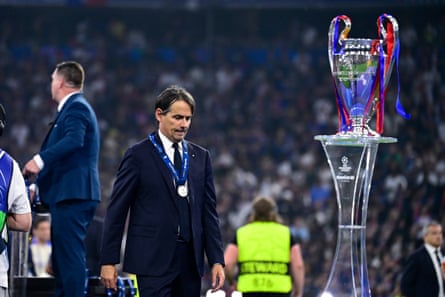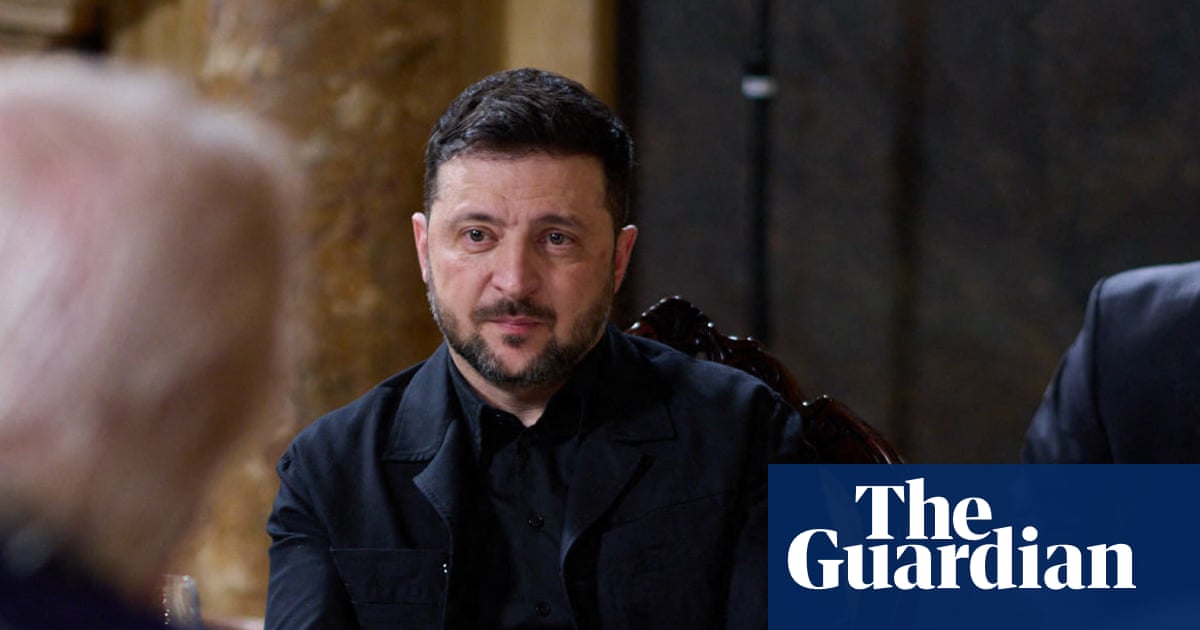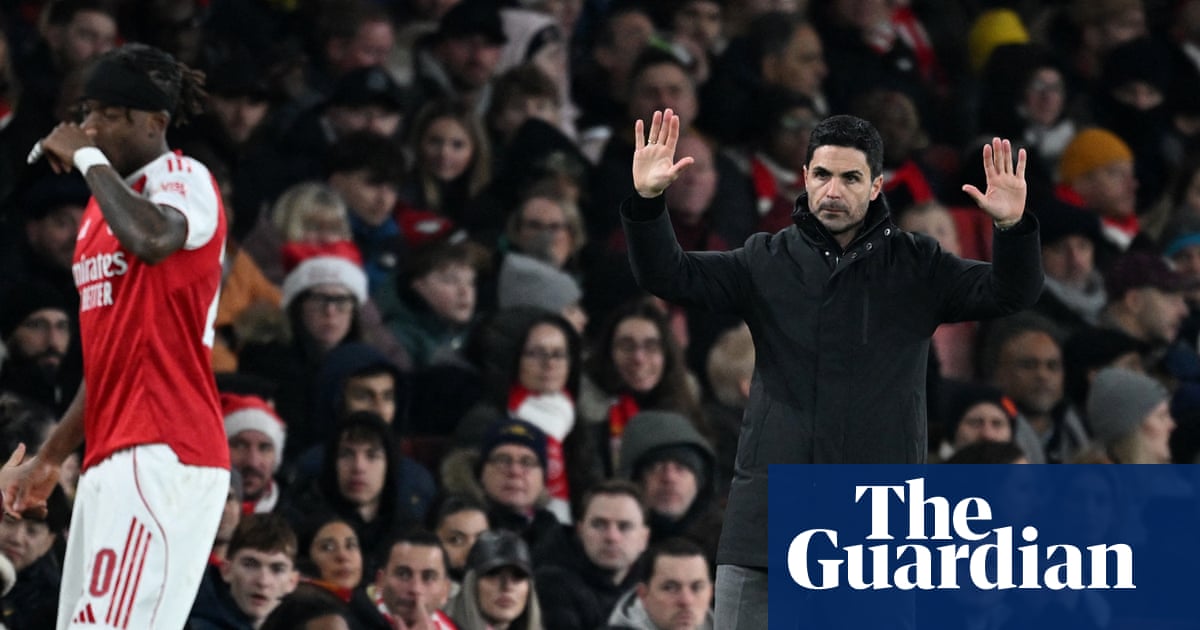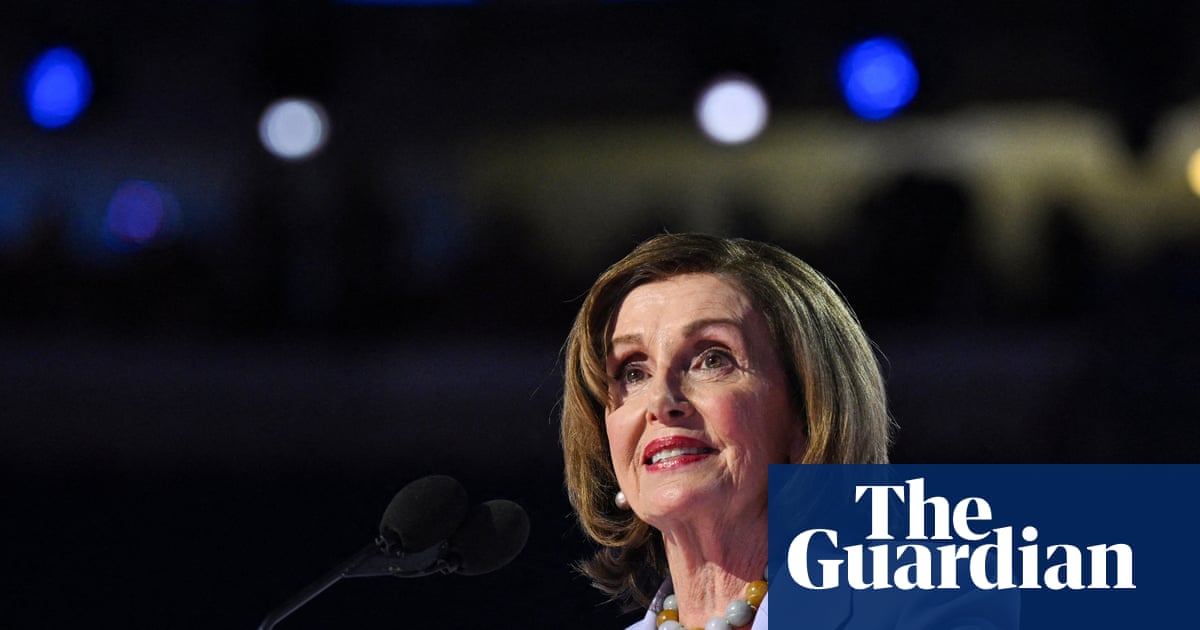There are plenty of similarities between the Champions Leagues run by the Asian Football Confederation (AFC) and Uefa. The two tournaments now follow the same calendar – Asia recently transitioned from a spring start to an autumn one – and the group stage, which kicks off next week, has the same unwieldy format whereby teams play eight opponents only once. Neither competition involves many Asian nations. Uefa’s version has two – Israel and Kazakhstan – while the AFC’s has 11, with Australia coming in from Oceania to complete the dozen.
However, whatever the problems with Europe’s biggest club tournament, every country is represented and has a theoretical chance of getting to the group stage and, ultimately, all the way. Fifty-three out of the 55 member associations (Russia and Liechtenstein are the absentees) have at least one hopeful. That is true of 12 of 47 in the AFC Champions League Elite. Three-quarters of Asian countries are either nowhere to be seen or located in the two lower-tier tournaments, which pretty much amounts to the same thing.
The 2024 rebrand added ‘Elite’ to the top-tier’s name. More fitting would have been the word ‘Exclusive’. To make matters even more lop-sided, Saudi Arabia, the United Arab Emirates and Qatar in the western zone and Japan, South Korea and China in the eastern zone (the tournament is split into geographic zones until the quarter-finals) have three teams each. So in the premier club competition in the world’s biggest continent, six countries have 18 teams, six more (Iran, Uzbekistan, Iraq, Australia, Malaysia and Thailand) have one team each while 35 have zero representatives.
Qatar and the UAE have a combined population about 1% of India’s, but win 6-0 in terms of participants. Indonesia, Vietnam and Jordan are also left frustrated as part of the next dozen who do not have the required points in AFC club competitions rankings and so compete in AFC Champions League Two along with teams from the top 12 countries. That leaves the rest, such as Bhutan and Brunei, in the AFC Challenge League.
The reasoning behind the top-tier cull – the 2023-24 edition was open to 24 countries – was about raising standards and the tournament’s commercial performance. It is still early days, and AFC officials say they will evaluate how the new format is operating after a couple of years, but there are concerns regarding continental-wide engagement. Shutting out a hefty majority of the confederation when there is not much of a tradition of fans supporting, or media being interested in, clubs from other Asian countries is a risky strategy.

It is not easy to organise a 24-club tournament over such a huge area, one without a shared football culture. Watching games in Jordan, Saudi Arabia and Qatar is hugely different from the Chinese or Malaysian experience and fewer teams makes the necessary logistics simpler. But it also means fewer surprises.
Asia’s advantage over Europe was relative unpredictability, with 14 winners in the past 20 years, compared with 10in Europe. Having 12 countries competing makes it all a bit familiar and now there is the prospect of Saudi Arabian supremacy. Last season, the Saudi Pro League supplied three of the four semi-finalists. The same could easily happen again this time and it would be a surprise if that did not prove the case.
From the quarter-finals onwards, all knockout games will once again be played in Saudi Arabia. Not only does this give the SPL teams a huge helping hand it also leads to disillusionment elsewhere. More than one club official in the big three east Asian countries has quietly questioned whether it is worth the hassle of playing 10 international games (eight in the group stages and two in the second round and these can also involve away legs in Australia or southeast Asia) with the reward being a long mid-season trip to Saudi Arabia to face a team full of world-class players in front of their home fans.
after newsletter promotion
Perhaps Saudi domination will, as the AFC hopes, force other nations to up their games and spend more cash, but again this is a risky strategy, especially given so much money has already been spent in Riyadh and Jeddah.
It could be the case that only Saudi Arabian teams can stop Saudi Arabian teams. Simone Inzaghi lost the most recent European final with Inter, but could go one better with Al-Hilal in May, especially having added the forward Darwin Núñez from Liverpool for £50m. Al-Ahli are the continental champions and have Ivan Toney, Riyad Mahrez, Édouard Mendy and others to help them in their quest to become the first team to successfully defend the Asian title since 2005. The last to do so was their Jeddah rival Al-Ittihad, who have European winners in Karim Benzema and N’Golo Kanté in their ranks seeking to add the Asian edition to their haul.
It is going to be hard for any team from the other 11 countries to stop this trio. Fans in 35 others would probably have enjoyed seeing their teams try, but are not going to get the chance.

 3 months ago
53
3 months ago
53

















































